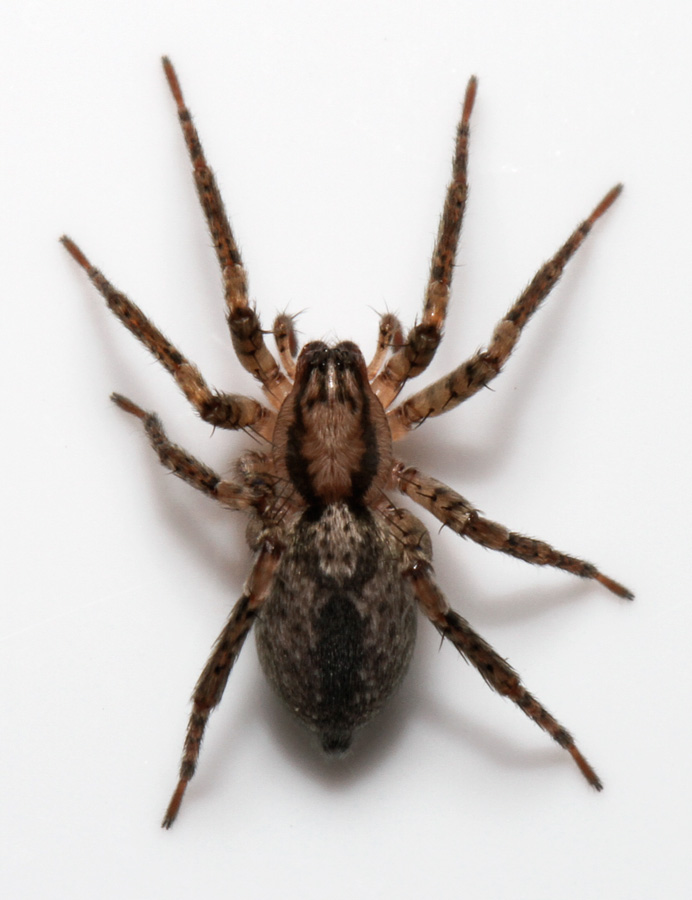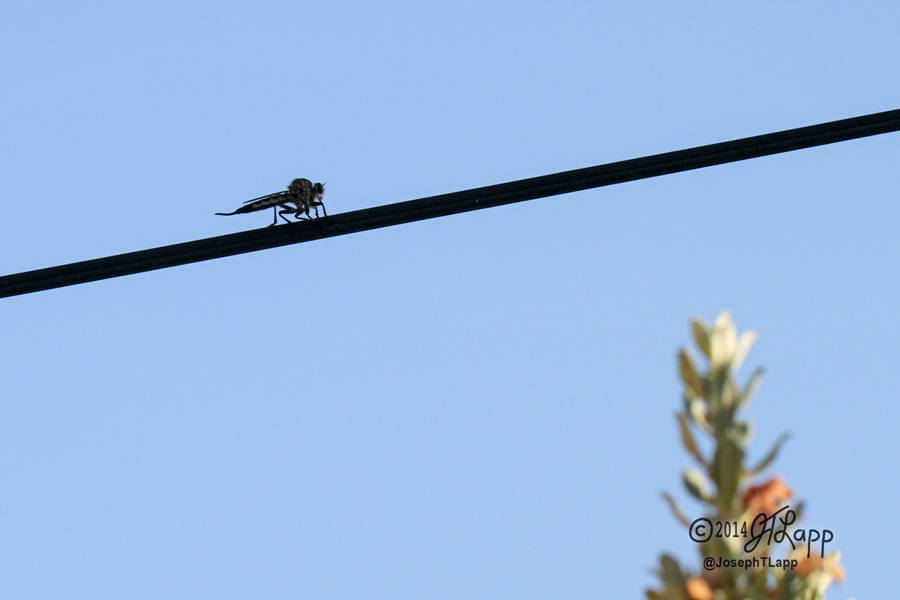Difficulty identifying Anyphaena dixiana

Usually when I come across a spider, I can tell which family of spiders it belongs to, but this spider baffled me. I found a female under a dog bed on my patio on November 23, 2014, in Austin Texas. Three days later I found a similar-looking male spider, and again I couldn't be sure of the family. The female is on the left, the male on the right. These photos are not proportionally scaled: the female has a body length of 4.5mm and the male 4mm. We don't include the legs. These two spiders have the general body shape and color pattern of a wolf spider (lycosidae), but they don't have the eyes of a wolf spider. Often a spider that looks like a wolf spider but isn't might be a funnel spider (agelenidae), but these eyes also were not a match for agelenidae. It is hard to see in these photos, but these spiders' eyes are in two rows of four, with all eyes about the same size. Funnel spiders have eyes in three rows, except for Tegenaria , which these definitely are ...
